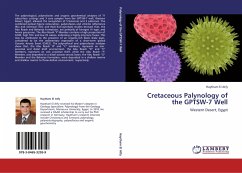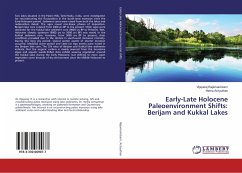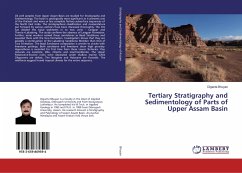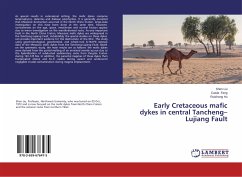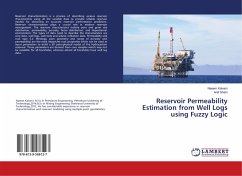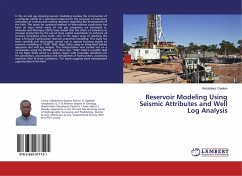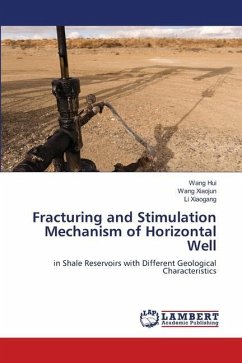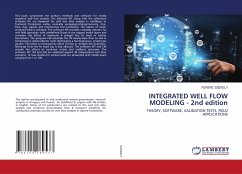The palynological, palynofacies and organic geochemical analyses of 71 subsurface cuttings and 3 core samples from the GPTSW-7 well, Western Desert, Egypt, allowed the recognition of 5 biozones and 3 subzones. The combined optical (Spore colouration, palynofacies and vitrinite reflectance (Ro) and chemical (TOC and Rock-Eval pyrolysis) studies showed that, the Abu Roash and Bahariya formations, are primarily of kerogen III type, and hence gas-prone. The Abu Roash "F" Member contains a high proportion of AOM, high TOC and low OI values, indicating a highly oil-prone facies. This may be attributed to the presence of an organic-rich black shale layer, considered to be the sedimentary expression of a short-term global Oceanic Anoxic Event (OAE2). The palynofloral and palynofacies analyses show that, the Abu Roash A and C members, represent an oxic proximal and distal shelf environment, the Abu Roash D and E members, represent an oxic proximal shelf, while the Abu Roash F Member, was deposited in a distal suboxic-anoxic basin, the Abu Roash G Member and the Bahariya Formation, were deposited in a shallow marine and shallow marine to fluvio-deltaic environment, respectively.
Bitte wählen Sie Ihr Anliegen aus.
Rechnungen
Retourenschein anfordern
Bestellstatus
Storno

